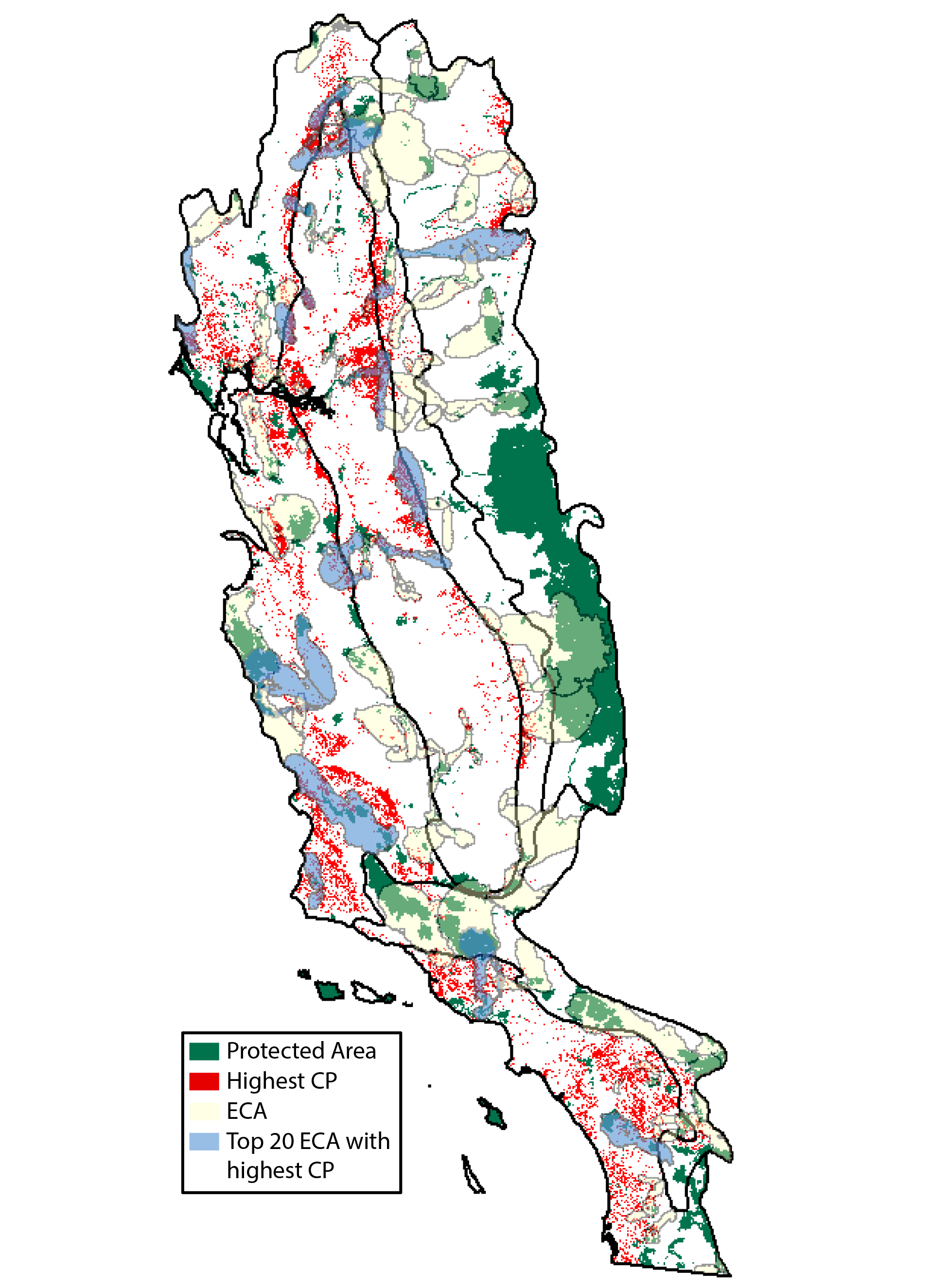Human land use will increasingly contribute to habitat loss and water shortages in California, given future population projections and associated land use demand. Understanding how land use change may impact future water use and where existing protected areas may be threatened by land use conversion will be important if effective, sustainable management approaches are to be implemented. USGS scientists used a state-and-transition simulation modeling (STSM) framework to simulate spatially explicit (1 km2) historical (1992‒2010) and future (2011‒2060) land use change for 52 California counties within Mediterranean ecoregions of California. Historical land use and land cover (LULC) change estimates were derived from the California Department of Conservation Farmland Mapping and Monitoring Program dataset and attributed with county-level agricultural water use data from the California Department of Water Resources. Five future alternative land use scenarios were developed and modeled using the historical land use change estimates and land use projections based on the Intergovernmental Panel on Climate Change’s Special Report on Emission Scenarios A2 and B1 scenarios. Spatial land use transition outputs across scenarios were combined to reveal scenario agreement, and a land conversion threat index was developed to evaluate vulnerability of existing protected areas to proximal land conversion. By 2060, the highest LULC conversion threats were projected to impact nearly 10,500 km2 of land area within 10 km of a protected area boundary and over 18,000 km2 of land area within essential habitat connectivity areas. Agricultural water use declined across all scenarios, perpetuating historical drought-related land use trends from 2008‒2010 with conversion of annual cropland into perennial woody crops. STSM is useful in analyzing land-use-related impacts on water resource use as well as potential threats to existing protected land. Exploring a range of alternative, yet plausible, LULC change impacts will help to better inform resource management and mitigation strategies.
http://www.aimspress.com/aimses/ch/reader/view_abstract.aspx?doi=10.3934...

Threatened Essential Connectivity Areas (ECA) with highest conversion probability threat (CP 4 in red) across all scenarios.

